|
How to comp chords in swing jazz.
Keywords: Comping, comp, playing chords
0 Comments
Spend 15 minutes playing along with a recording.
Have fun. David A New Student's Profile
The new student is a young professional with a keen interest in learning to play jazz piano. They took piano and trumpet lessons in high school. They have a basic understanding of music theory. Aural skills are excellent. Their program will include the following components:
David This is a lesson given to a student this week. Louis Armstrong, on the topic of how to improvise, said something to the effect, "memorize the melody, mess with the melody, and then mess with the mess." For beginners, this is the best advice I've ever come across. It is truly the shortest distance between A and B. Or jazz newbie to intermediate jazz student and beyond. Prerequisites: The student can already play. Therefore, it is a question of what to play and less of how to play it. Warmup: Two octave scales: C, F, Db, Bb, Eb Four note broken chords: C, F, Db, Bb, Eb Two octave arpeggios: C, F, Bb, Db, Eb Please use a metronome and practice different tempi, dynamics, and articulations. Etude Being able to play the broken chords is an important starting point in improvisation. Repertoire
How should I practice jazz piano?
ChatGPT Jan 30 Version. Free Research Preview. Our goal is to make AI systems more natural and safe to interact with. Your feedback will help us improve. Good advice. David 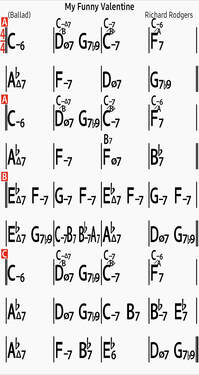 Jazz students are often looking for new chords for the standards they are playing. This blog offers you some suggestions if you are unable to transcribe. 1. The iReal Pro app is a useful source. It doesn't always have the most exciting chords, but it does help you move on from the fakebook. 2. YouTube transcriptions, though not always reliable, will help you explore new harmonic ideas. 3. The Real jazz Solos Book by Hal Leonard is a reliable book to consult. Have fun. David
There are no secrets to discover as the steps to becoming a jazz musician have already been mapped out by previous generations of musicians and educators. My first suggestion? Don't waste your time online looking for "the secret."
Here are my top five non-secrets to learning to play jazz.
Project suggestion. Investigate the jazz curriculum outlines of jazz colleges and compare. Here is a start. Jazz in America Lesson Plans through the National Jazz Curriculum - Hancock Institute of Jazz TRADITIONAL JAZZ CURRICULUM - Jazz Education Network (jazzednet.org) Yearly Program Study Plan; B.Mus. Jazz | Music - McGill University Bachelor of Music in Jazz Studies - Education - Capilano University Jazz Studies (BJazz) | Explore UM | University of Manitoba (umanitoba.ca) You will note the following areas are common: lessons, theory, ear training, ensemble playing, history, and improvisation. If I can help you call me, I teach piano, and jazz. David Look what I found tucked away. You can hear examples in the Bill Evans YouTube video below. Louis Armstrong key of Ab Doreen Ketchens, Preservation Hall Dr. John, Rebirth, Al Hirt, Wynton, Tuba Skinny key of F Fats Domino key of Eb
When learning to play Brazilian jazz it is best to go to the primary sources, the original and other seminal recordings recorded in Brazil, both past and present. At the end of this sample of Brazilian recordings is a fine recording by Kenny Barron, who it must be said, has listened to the original recordings. Practice routine? Spend an afternoon playing the melody with the recordings, mimicking as much as possible what you hear. Then add the chords. David
Jazz has been around for 120+ years. It has gone through many different periods: early jazz, swing, bebop, model, free and more. Now it is 2022, what now? The hoary old standards are wearing a bit thin, but just in time, and to the rescue, the next generation of meta-modern musicians has arrived. I'm in awe. Here is a small sample of performances that got "2 thumbs up" from my young teen jazz students this week.
I've used a simplified "lick" from a Wynton Kelly recording of Autumn Leaves. You may recognize it. Here is a method to integrate this, or any other "jazz lick" into your playing. First, play the lick as written, then write out the lick in the keys of C, Eb, F, G, Gb using the following steps. Materials needed:
Prerequisite knowledge required:
Steps:
Have fun. Learning tunes from a fake book is the hard way to go about things. Here is the Bill McBernie method of jazz practice in which you play by ear to multiple recordings. I could recall the basic outline of the tune "A foggy day" from playing it years ago. That helped. (If you don't know the tune, you must listen until you can sing along.) Below are the recordings and the order in which I played them. Some were played numerous times as I recalled more of the melody and figured out the key. The song was played in the keys of F, C, Eb, and Bb. I played along on vibes, not piano. I focused only on the melody . As the practicing progressed, I began to recall and understand the chords. Today I was playing it on the piano, from memory, with the chords. David
Here is my top 10 list of skills to work on ahead of camp. You don't need to be an expert, but you will need some familiarity with the following skills and activities.
1. Comping and voice leading chords. 2. Practice sightreading simple chord charts like blues in Bb and F, Summertime, Killer Joe, etc. Click out the Aebersold picture for some suggestions. By clicking on the image, you will go to a product page. I don't take a commission. 3. Play along with recordings. 4. Record yourself and listen back. 5. Practice playing louder because drums are loud. 6. Practice your right-hand broken chords for every tune on the Aebersold list. 7. Use a metronome on everything you play and practice. 8. Learn to clap and count aloud eighth note jazz rhythms. 9. Listen to jazz daily. 10. Sign up early to camp because piano spots go quickly. What tunes should you practice? If I can help you, call me. I've attended a dozen jazz camps over the years as a pianist and drummer. David What do we gain by learning Jazz and Pop Standards by ear?
1. We acquire an intuitive understanding of jazz and pop rhythm. 2. We learn the feel of the music, which is something that can't be notated. 3. By playing along with recordings we learn to stay in place. 4. We learn how to solo by acquiring ideas (licks) that we can use in other pieces. 5. We learn how to play our instrument idiomatically by hearing it played in context. 6. We begin to appreciate the depth and scope of jazz and pop history and its eras and players. 7. We learn how to mess with a melody. A first step to soloing with finesse. "Learn the melody, mess with the melody, then mess with the mess" Louis Armstrong If I can help you on your journey, call me. David Revised August 2022 Lesson Plan Materials needed:
Have fun. If I can help, call me. David revised August 2022 Playing in different keys is an invaluable skill. You will learn to visualize musical shapes, key signatures, and hear rhythm in new ways. Try playing just the melody in the following keys with the recordings. Modify your note and rhythm choices to fit in the best you can.
The assignment is to play and mimic the melody with the recordings. You will learn jazz rhythm, jazz articulations and phrasing all by ear. Have fun. David Revised August 2022
Jamey Aebersold gave an illuminating demonstration this past summer on the importance of being able to skillfully play your instrument. He assembled students in the auditorium at University of Louisville. He then plucked one “lucky contestant/musician/newbie” to join him on stage. (The repeat campers knew what was coming and sat the back of the room). Jamey would then hand them a microphone and instruct them to sing/scat/hauler a jazz solo along with the jazz chords he would randomly play on the piano. Guess what? Everyone could scat. Some sang very well, others just so-so. But the consensus amongst the “singers” was that they could scat better than they could play. Hmmm. “So, the problem wasn’t in your head”, he said, “it’s in your hands”. He continued, “now go home, take lessons, practice like crazy and the jazz will be easier. You can hear the music; you just can’t execute.” (My paraphrasing) Jamey's second reveal, a thin repertoire is symptomatic of larger issues. One morning he asks the musicians, “How many of you can play 50 jazz standards from memory?” I enthusiastically raised my hand. Looking around the 250+ room there were very few hands joining me. "How many can play 25, 10, any?" (The overwhelming answer was zero.) Jamie’s 1st conclusion, it’s hard to play freely when your head is in a book. Jamie’s 2nd conclusion, trust yourselves to play without a book/sheet/app in front of you by starting with simple tunes like:
I can help you get started playing by ear. Please call me, David Revised September 2022 Jazz is primarily about rhythm and articulations, those tricky bits that are impossible to notate. Harmony is like math, fun for many and much easier to get your head around for most than rhythm and articulation. Or so beginners believe. But when the moment of truth arrives at a jam session theory goes mostly out the window and instinct kicks in. Adam Maness explores this theme in his video "Why do I still suck". Jorge Mabarak, on Facebook, puts it well, theory is a tool. I propose that rhythm is the key. And ear training is the secret. Here is a practice time breakdown that may work for you:
If I can help, please call me. David Revised September 2022 After the demonstration, I break it down. So....hang in there.
David  I. Dust off your instrument. 2. Watch some YouTube concerts featuring pianists playing the music you love. 3. Find your metronome. 4. Read some inspiration material about folks like yourself who have succeeded. 5. Start noodling on the piano. Review some old favorites. Explore some new music. Dream. 6. Plan practice time in your schedule to succeed. The happiest students know what they want, why they want it. They've made time for it, and stuck with it. Come join us. David. |
You've got to learn your instrument. Then, you practice, practice, practice. And then, when you finally get up there on the bandstand, forget all that and just wail. AuthorI'm a professional pianist and music educator in West Toronto Ontario. I'm also a devoted percussionist and drum teacher. Categories
All
|
|||||||||||||||||||||||||||||||||||||||||||||||||||
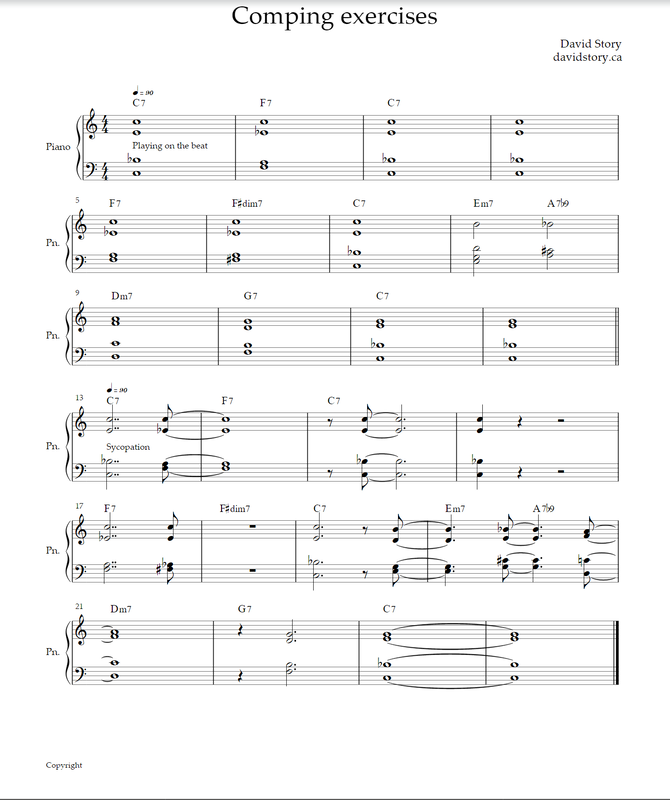
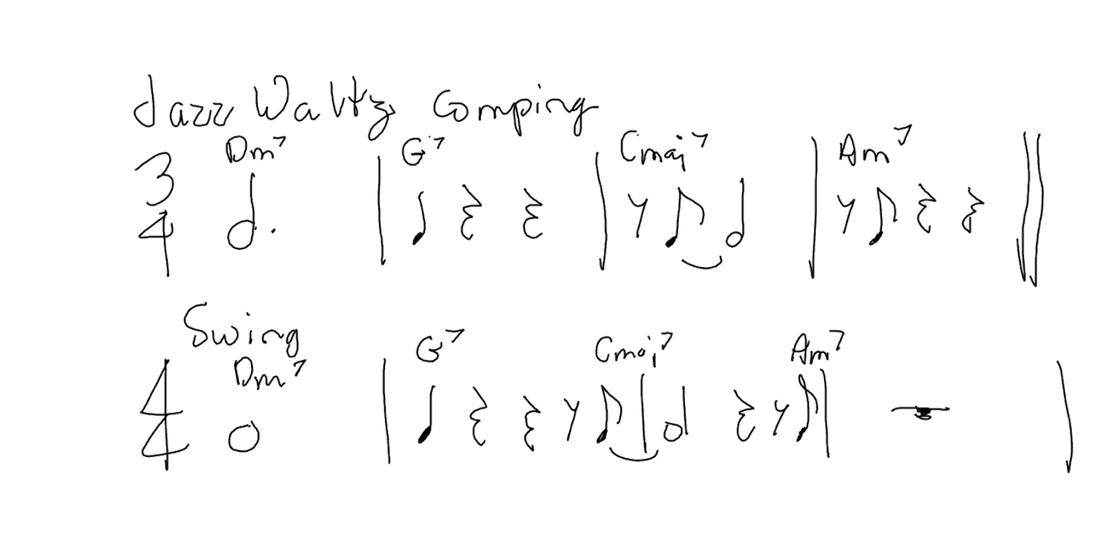
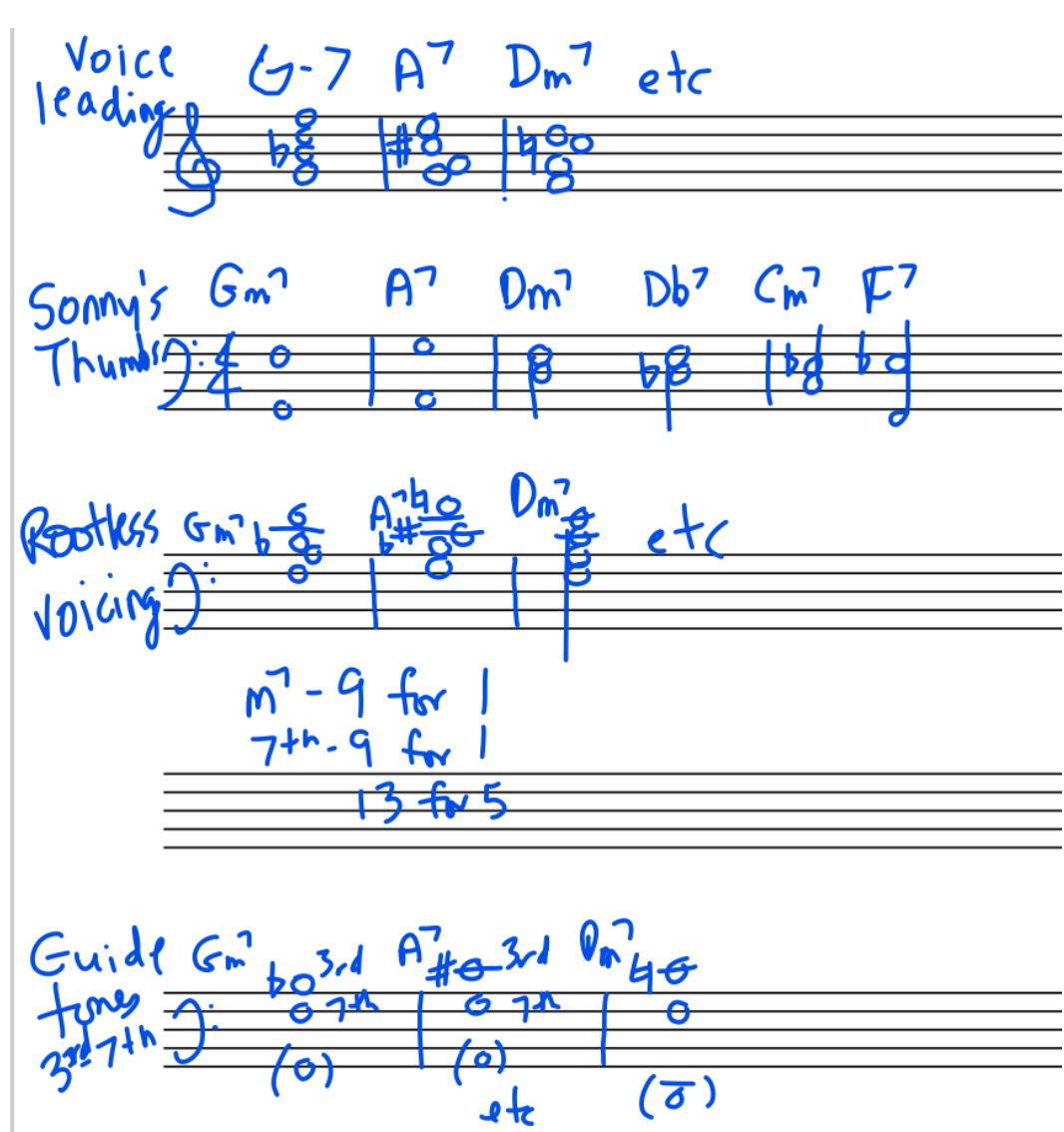
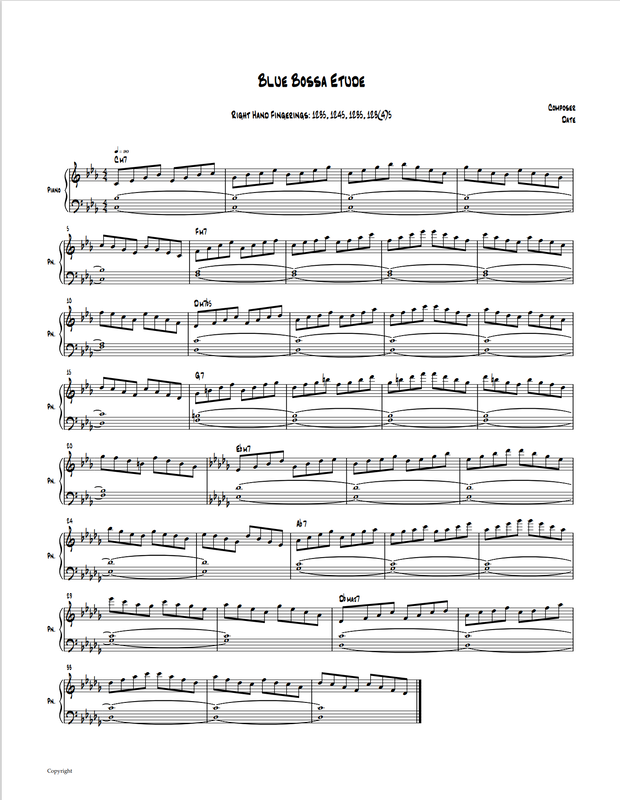
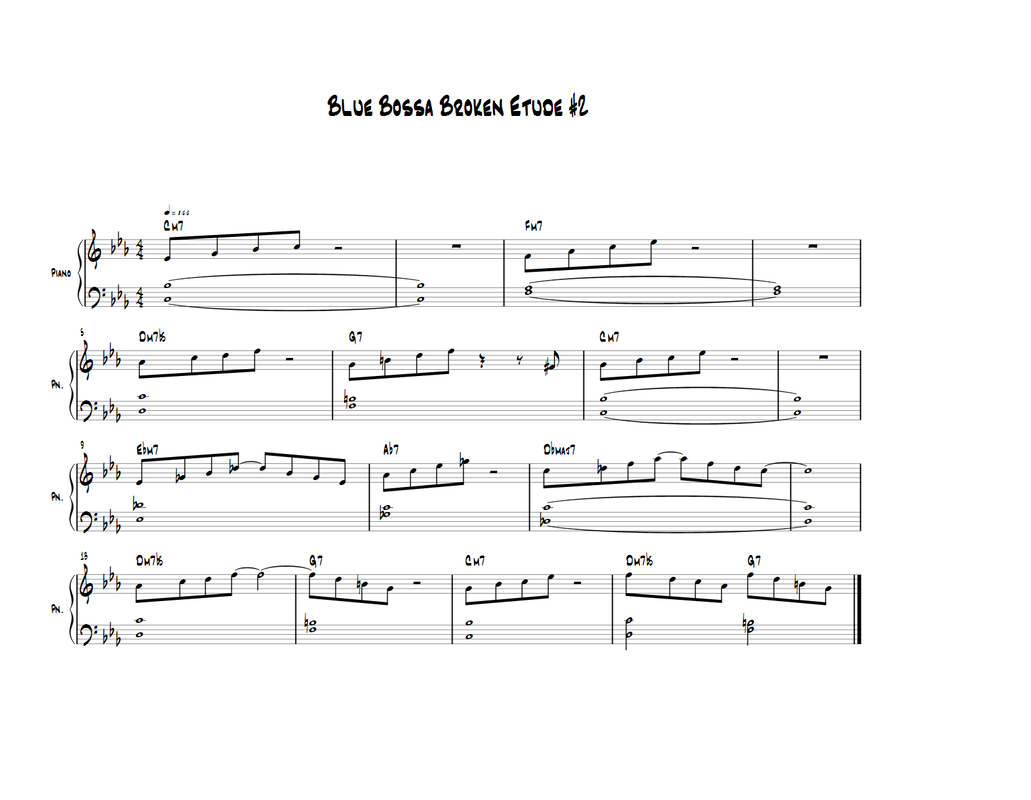
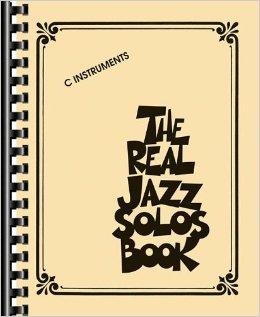
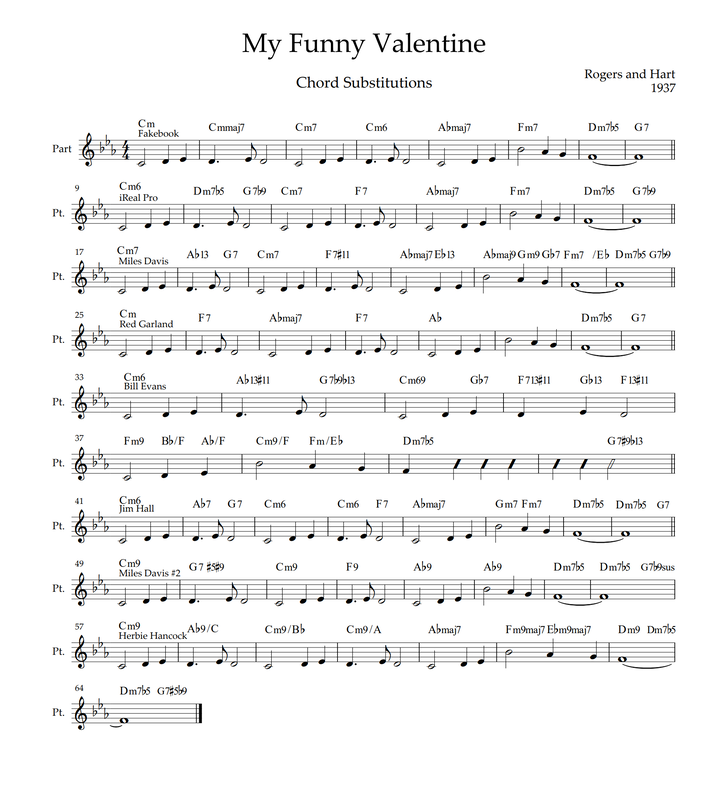
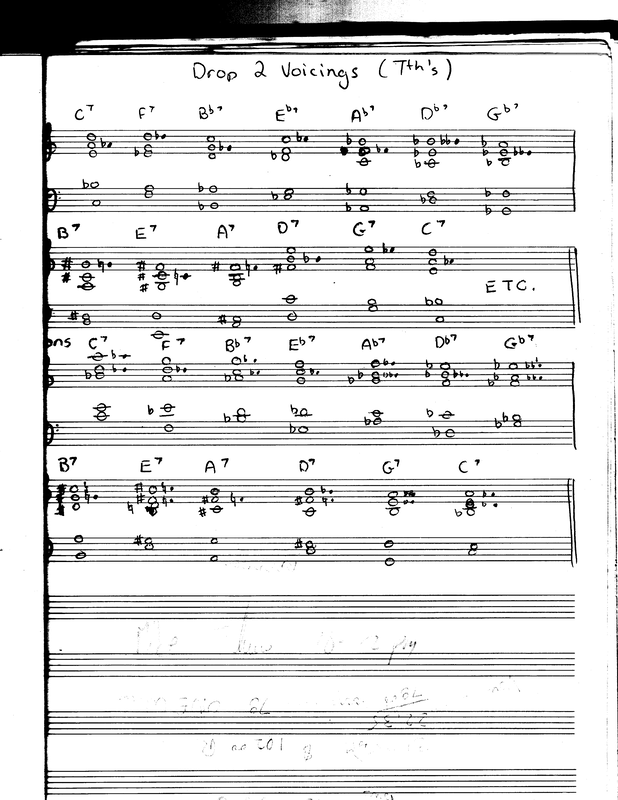
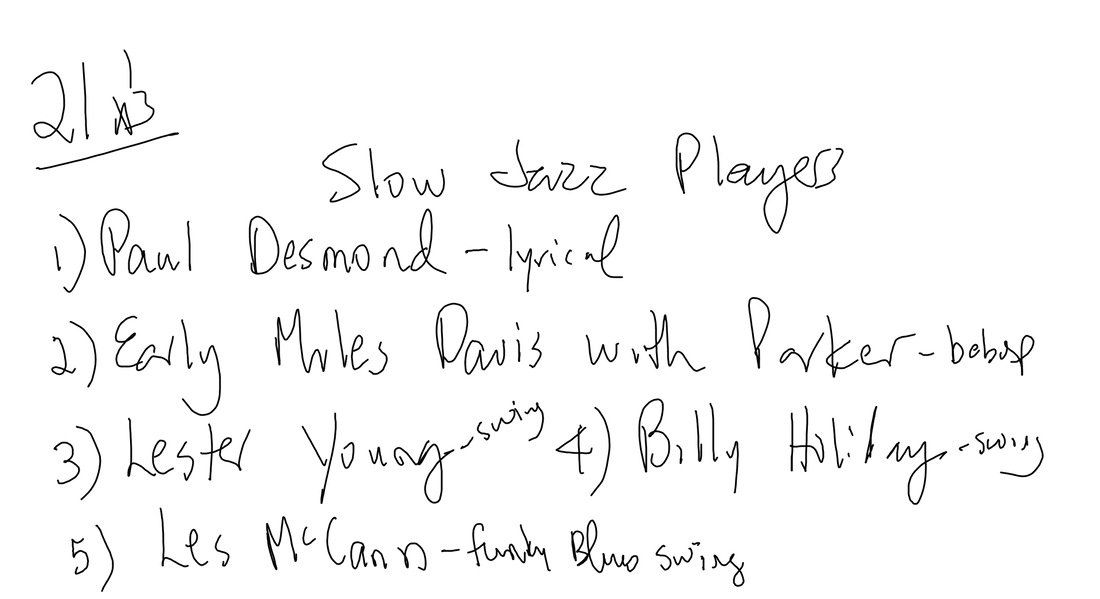
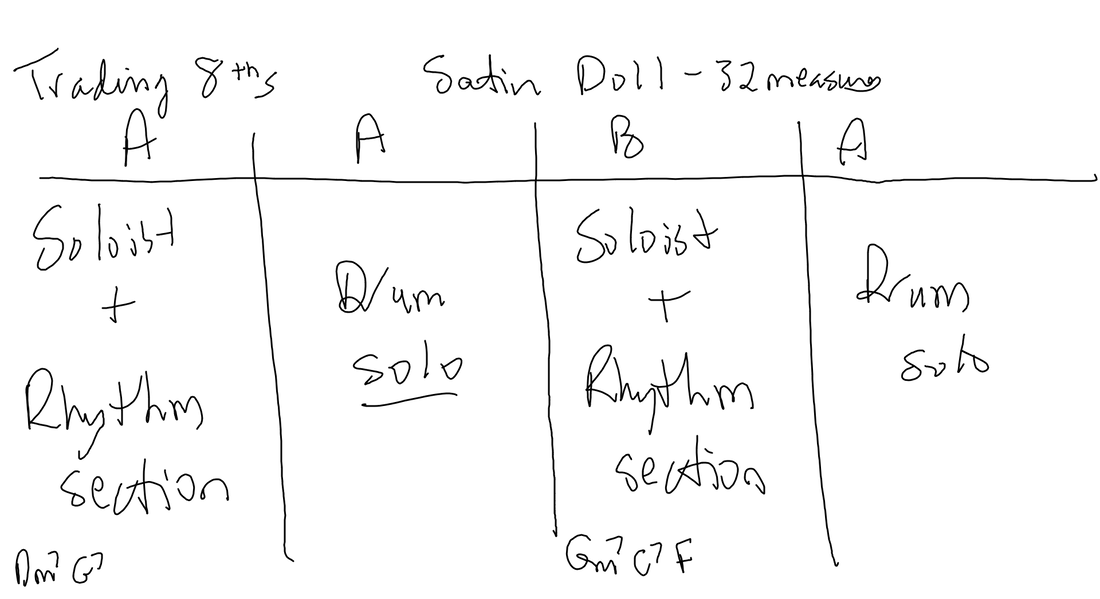
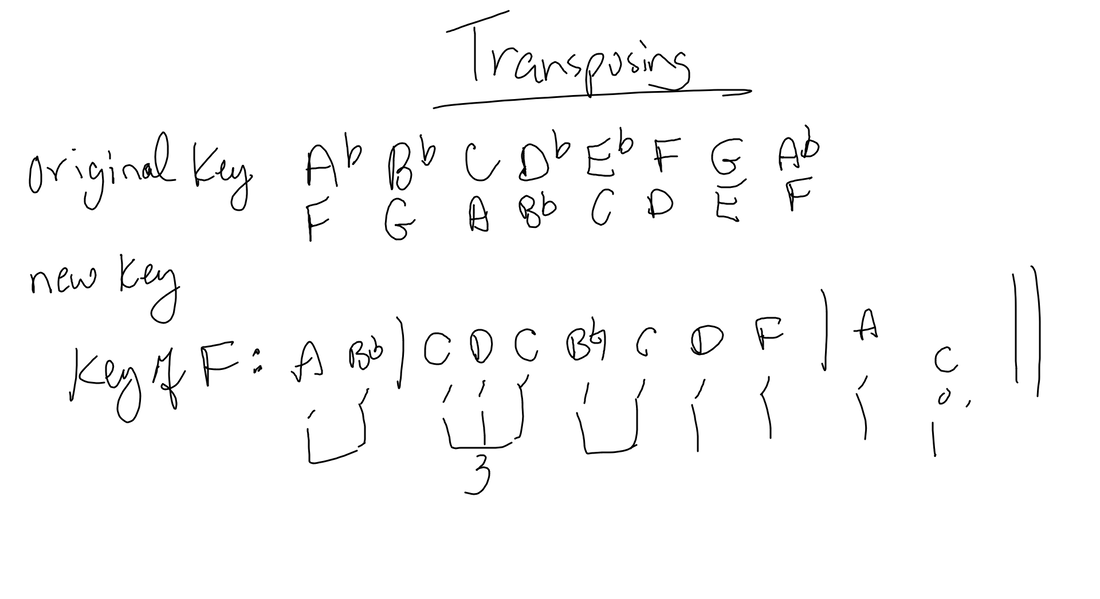
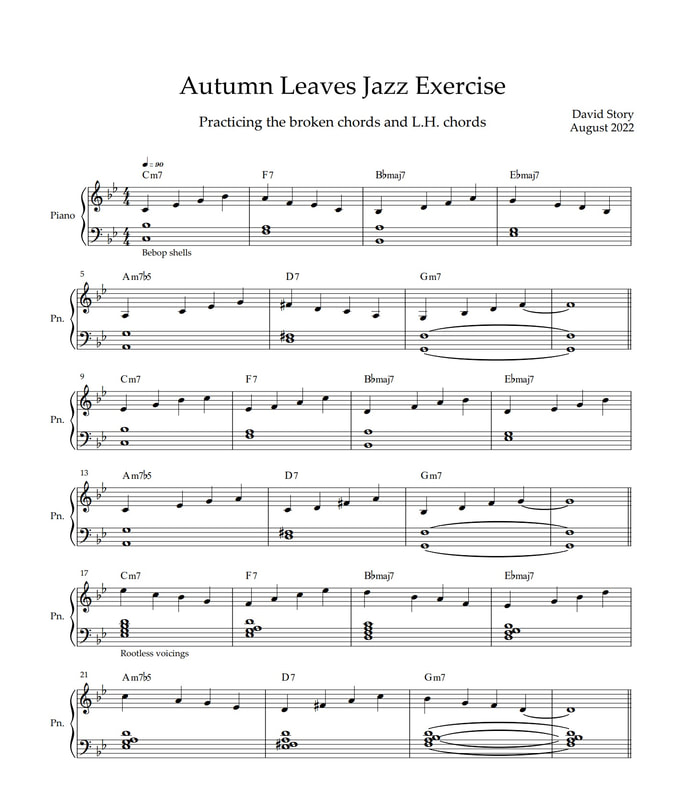
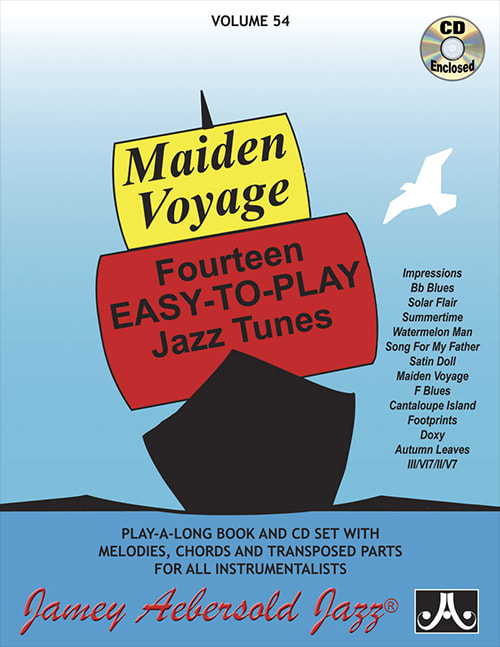
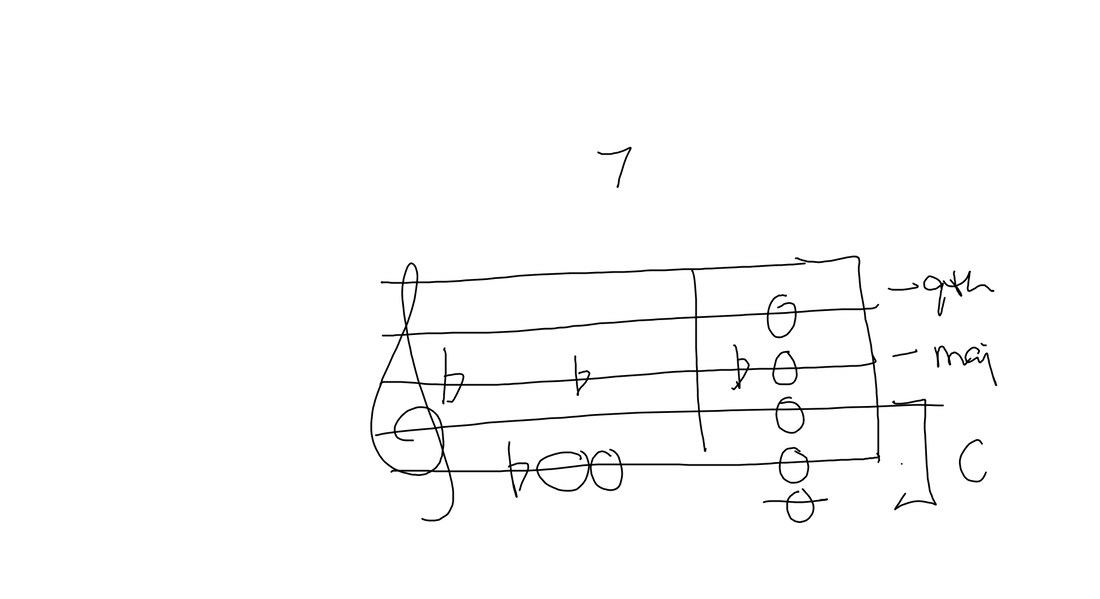

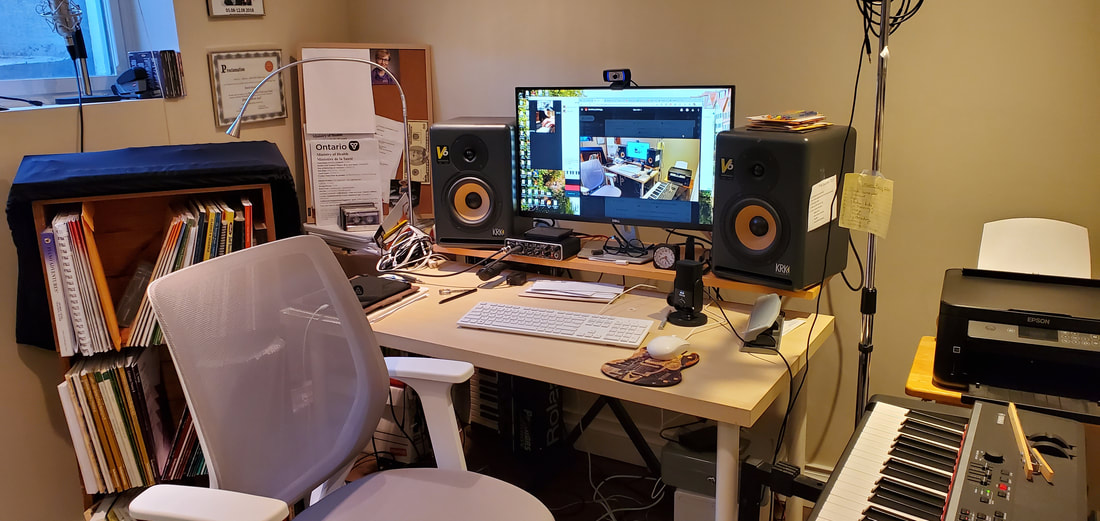
 RSS Feed
RSS Feed